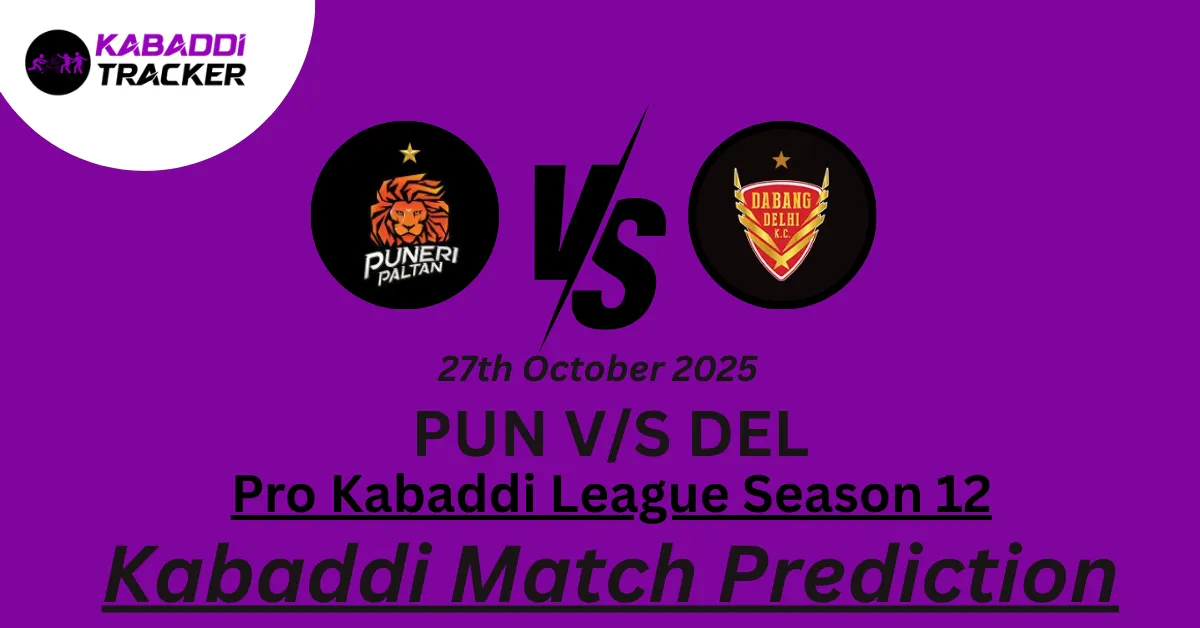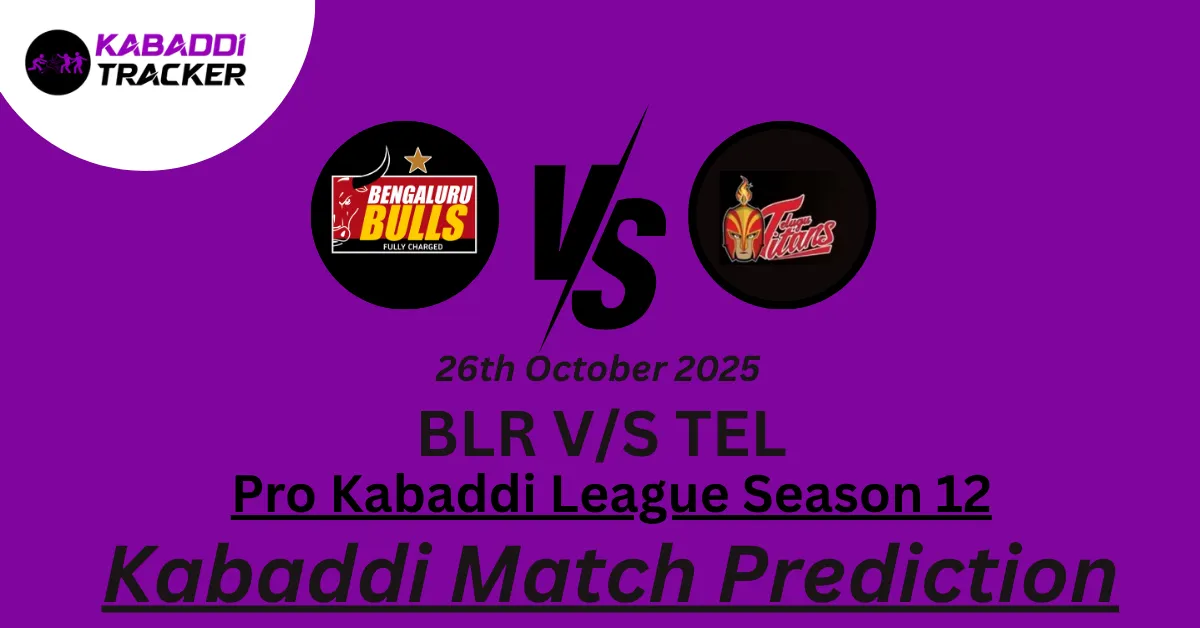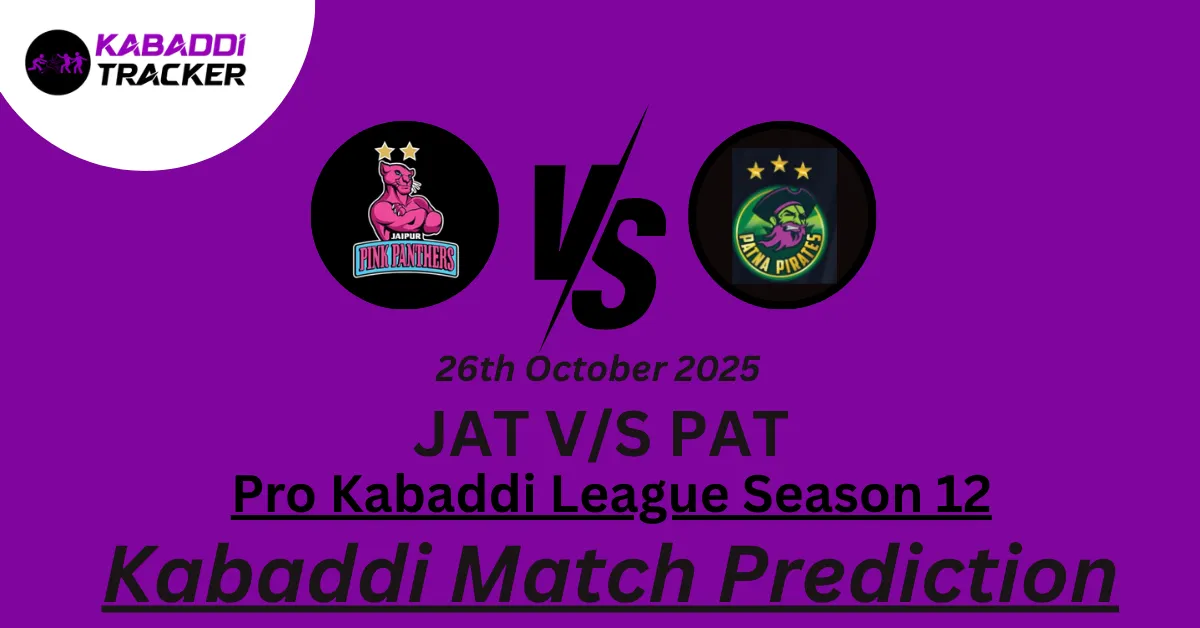Kabaddi, a sport deeply rooted in the fabric of Indian culture, has captured the hearts of millions with its fast-paced action, strategic gameplay, and unique traditions. Among these traditions, the rhythmic chant of “Kabaddi Kabaddi” holds a special place. This vocal utterance, often heard during matches as players engage in fierce battles of tagging and evading, has become synonymous with the sport itself.
Yet, beyond its melodic appeal, does this chant carry any inherent significance in the game of Kabaddi? In this exploration, we delve into the historical origins, strategic implications, psychological dimensions, and cultural identity associated with the iconic “Kabaddi Kabaddi” chant. The ultimate question: Is it an indispensable component of a Kabaddi player’s arsenal?
The Historical Roots of the Chant
To truly grasp the essence of the “Kabaddi Kabaddi” chant, we must journey back to the origins of the sport. Kabaddi’s history is intertwined with India’s rich cultural tapestry, with references to its existence dating back thousands of years.
The chant finds its roots in ancient forms of Kabaddi, where individual players engaged in one-on-one duels. As a player entered the opponent’s territory, their declaration of “Kabaddi” marked their intent to touch defenders and return unscathed. This chant, then, was a declaration of both intent and endurance, as players showcased their ability to maintain breath control during the intense struggle.
Strategic Mastery Through the Chant
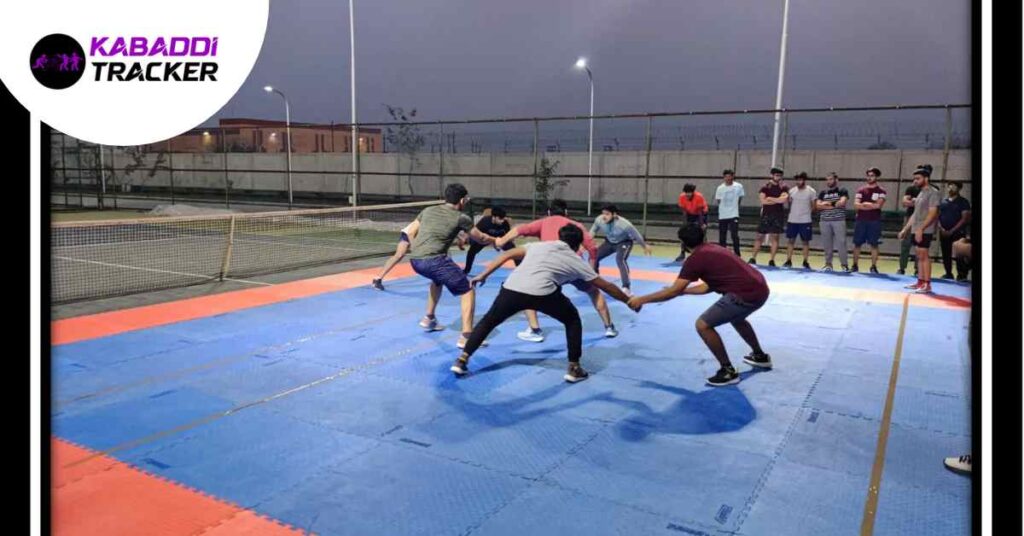
As Kabaddi evolved into a team sport, the chant’s function transformed alongside it. In contemporary Kabaddi, the sport consists of two teams – the raiders and the defenders. The raider’s objective is to cross into the opponent’s half, tag as many defenders as possible, and return to their side without being tackled.
The rhythmic chant of “Kabaddi Kabaddi” serves as more than just a traditional incantation; it is a strategic tool. By uttering the chant continuously and rhythmically, raiders control their breath and create an unpredictable tempo. This rhythmic cadence disrupts defenders’ anticipation, making it harder for them to predict the raider’s next move. The chant thus becomes a shield against the defenders’ coordinated efforts, adding an element of surprise and strategy to each raid.
The Psychological Fascination
Beyond its tactical importance, the chant’s psychological impact is equally captivating. For Kabaddi players, the repetitive chant creates a ritualistic rhythm that aligns body and mind. It’s a meditative process that helps players transcend distractions, hone their focus, and maintain a state of flow during high-stakes matches.
Also Read – Women’s Uganda Kabaddi League Season 2 Points Table
The rhythmic chanting acts as a psychological anchor, centering the player in the present moment while heightening their awareness of the game’s ebb and flow. As the chant resonates across the mat, it not only reverberates in the players’ minds but also infuses the spectators with a palpable energy, immersing them in the intensity of the match.
Cultural and Identity Significance
The “Kabaddi Kabaddi” chant transcends its functional purpose to become a cultural emblem of the sport. Just as a battle cry unites soldiers on the battlefield, this chant unites Kabaddi players on the mat. It symbolizes the unity, determination, and shared identity of the team. Additionally, the chant also serves as a reminder of the sport’s roots, preserving a piece of the rich tapestry of Indian heritage.
Is It Truly Essential to chant Kabaddi Kabaddi?

Now, the pivotal question arises: Is it truly essential for a Kabaddi player to say “Kabaddi Kabaddi“? From a functional standpoint, the answer is not unequivocal. While the chant undeniably offers strategic advantages and psychological benefits, the outcome of a match does not hinge solely on its repetition.
Also Read – How do I become a professional referee in Kabaddi
Modern Kabaddi players, equipped with advanced training techniques and strategic insights, can be successful without strictly adhering to the chant. However, it is crucial to acknowledge that the chant carries intangible qualities that transcend its immediate impact on gameplay.
The Tapestry of Culture and Identity
Kabaddi, like any sport, carries the torch of cultural identity. The “Kabaddi Kabaddi” chant is more than a mere auditory phenomenon – it’s a cultural emblem. Just as the haka unites New Zealand’s rugby team or the Olympic torch symbolizes unity, the chant serves as a unifying element among Kabaddi players.
It represents their shared history, values, and aspirations, knitting them into a cohesive team. Moreover, it’s a tribute to the sport’s indigenous roots, a way of preserving a part of India’s vibrant heritage within the arena of modern competition.
Essence vs. Functionality
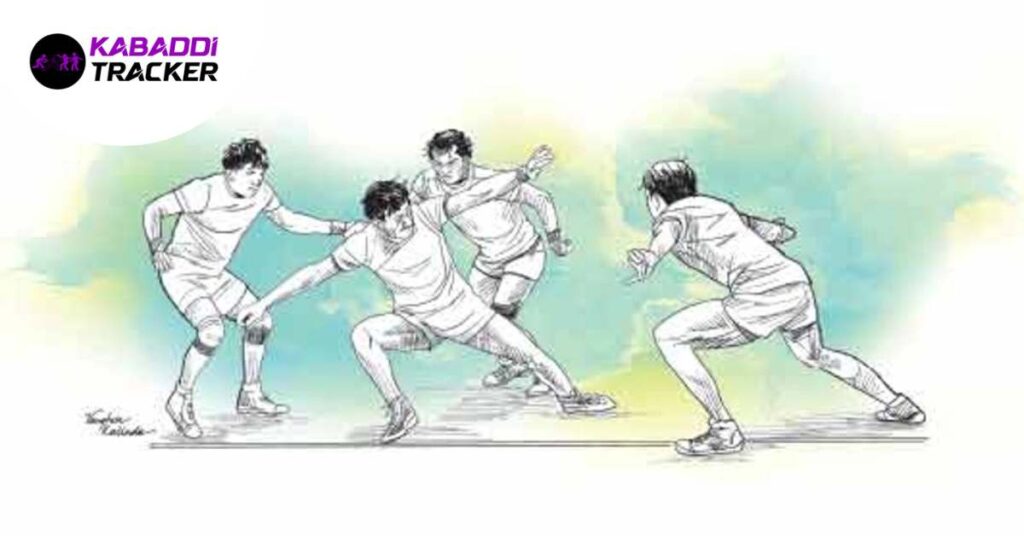
The pivotal question remains: Is the “Kabaddi Kabaddi” chant truly essential for success in the sport? Functionally speaking, modern Kabaddi players have redefined strategies, perfected techniques, and adopted advanced training methodologies. The chant, though a valuable asset, is not the sole determinant of victory.
However, its essence goes beyond mere functionality. It encapsulates the essence of Kabaddi – the fusion of tradition and innovation, the pulse of strategy and surprise, and the embodiment of unity and identity. In this sense, while a player may excel without uttering the chant, its absence might well lead to a void in the spiritual and cultural fabric of the game.
Kabaddi, with its captivating blend of strategy, athleticism, and cultural richness, has earned a special place on the global sports stage. The “Kabaddi Kabaddi” chant, resonating through time, carries with it a legacy that extends beyond its functional role in the game.
It encapsulates the historical evolution, strategic mastery, psychological nuances, and cultural identity of Kabaddi. While its tactical impact can be debated, its significance as a unifying force and cultural emblem is undeniable Beyond the realm of winning and losing, the chant symbolizes the heartbeat of a sport that continues to echo through generations, connecting players and enthusiasts alike in a rhythmic tapestry of unity and identity.

